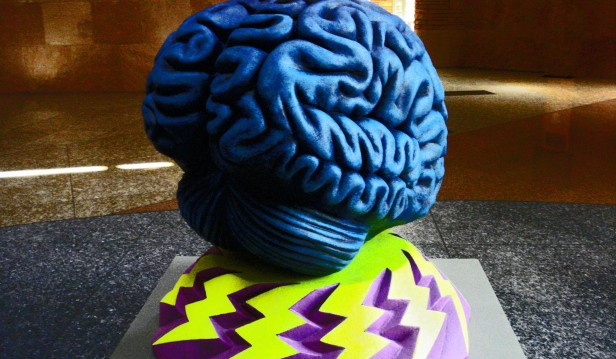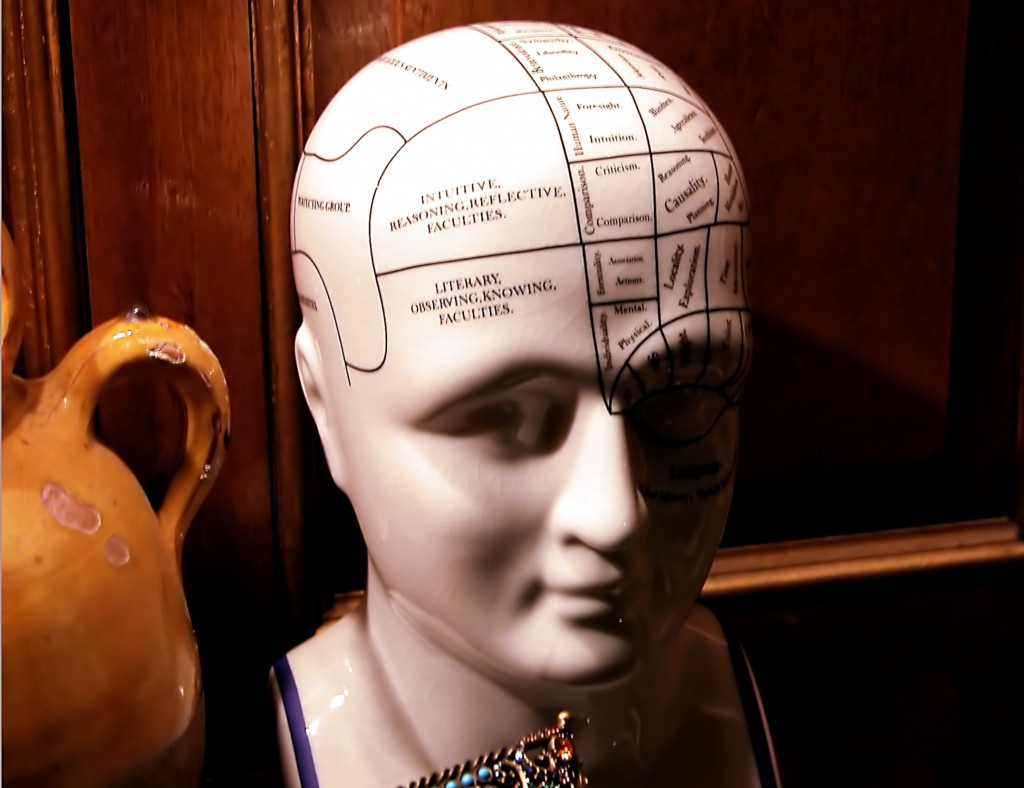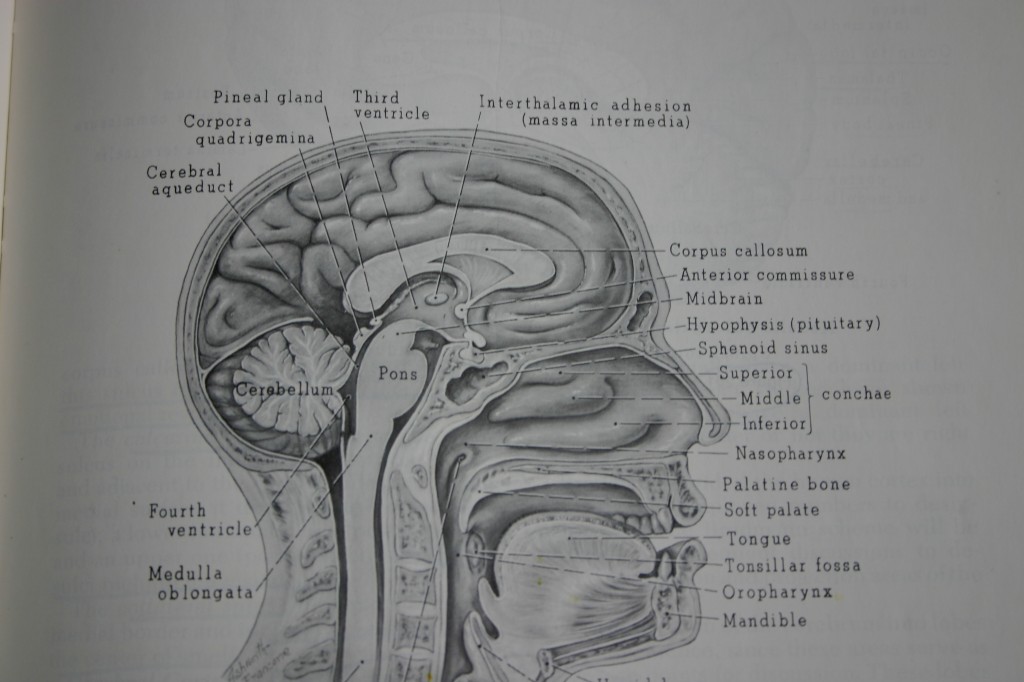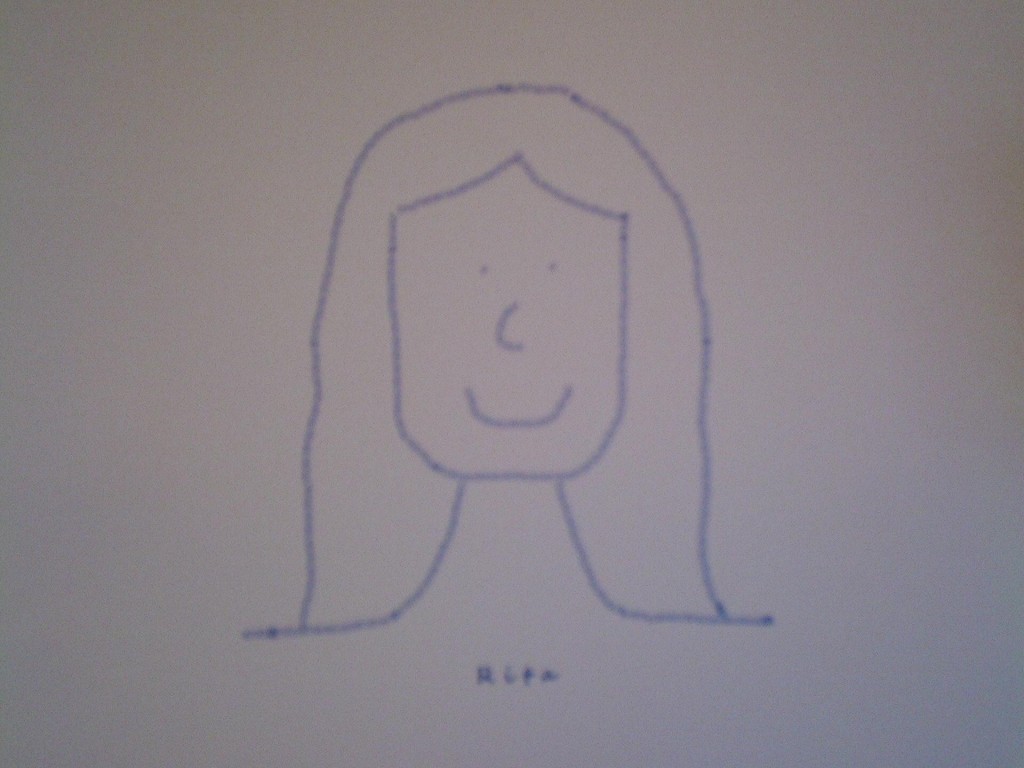The Brain on Art: Neuroesthetics

A whole new field called neuroesthetics is devoted to understanding how and why people appreciate art and music, and define beauty. Before neuroscience, master painters sought to give viewers an intense experience, activating senses and stirring emotions. Today, we are beginning to look into the mechanism by which these responses occur.
Primitive humans needed to be aware of predators around them, those who were most aware were most likely to pass on their genes and survive. This may be why our brains readily find faces in art. Even vague facial forms trigger emotional responses we may not even be aware we are experiencing.
Patrik Vuilleumier, at the University of Geneva, and his partners, discovered that the part of the brain that involved fight or flight response and other emotions- the amygdala- responds to blurry faces more than crisp, sharp or unaltered images. It has been said that the appeal of symmetry in art is based on a hard-wired thought pattern meant to alert us to the possible presence of a living thing.
Another interesting finding concludes that the Mona Lisa’s dynamic facial expression plays with a discrepancy that exists in our central and peripheral vision systems. The visual system in our brain is routed in such a way that the peripheral vision has lower resolution than the center gaze, which is specialized for small, complex things. Such is why Mona Lisa’s expression seems to change as your eyes move around her face.
People have generally become accustomed to think and act by the Cartesian paradigm, based on linear, sequential and logical reasoning. This “left brain,” way of thinking involves leaving aside emotions, intuition, creativity, and the bravery to try different things.
To stimulate the creative imagination and capacity of synthesis of our right brain, there is a simple drawing activity that anyone can try: Make some drawings in a non-conventional way, that you would immediately consider as boring. This may cause the left brain to relinquish total control and allow the creative, synthesizing right brain to take over.




One Comment